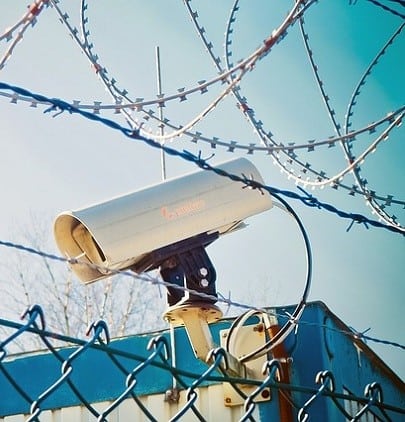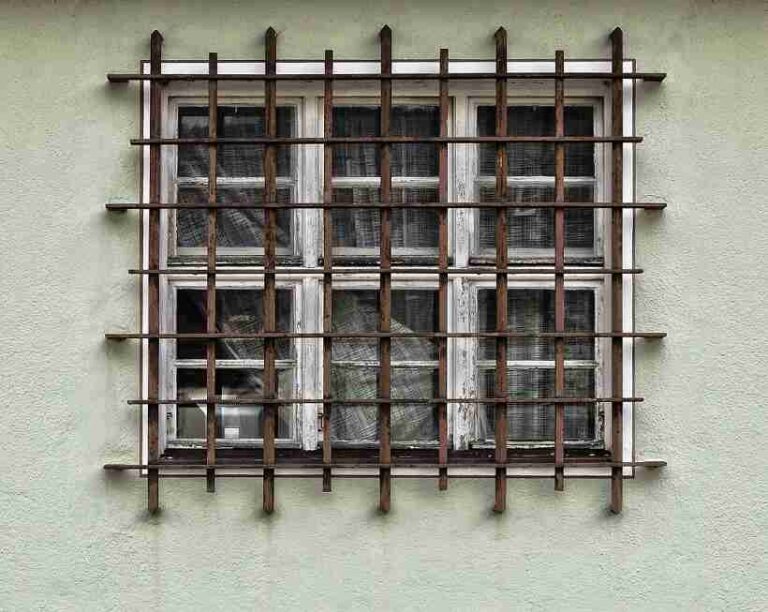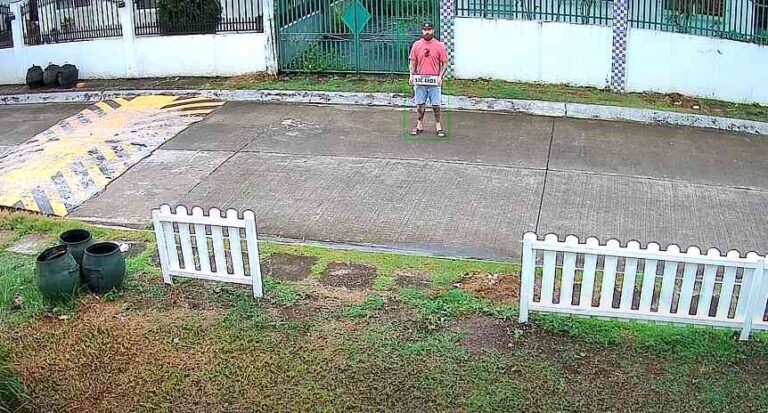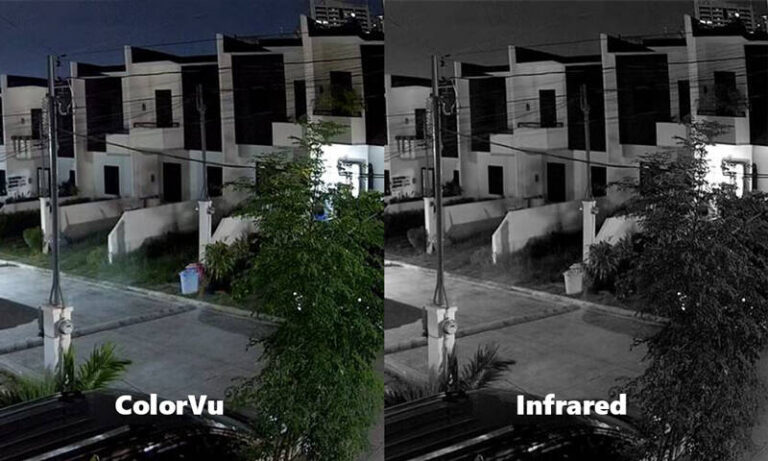What is the optimal camera height for a security camera? [SOLVED]
| Getting your Trinity Audio player ready... |
When it comes to security, surveillance cameras are a popular choice for homes, businesses, and public areas. However, the placement of these cameras plays a vital role in their effectiveness, with camera height being a critical factor.
Determining the ideal camera height is a complex process that involves considering several key factors to ensure optimal coverage and overall effectiveness.
![What is the optimal camera height for a security camera? [SOLVED]](https://securitybros.com/wp-content/uploads/2024/02/what-height-should-I-place-security-cameras.jpg)
What Determines the Optimal Height for a Camera?
- Field of View (FOV): The camera’s FOV dictates the area it can monitor effectively. A higher camera height often results in a broader FOV, covering more ground but potentially sacrificing detail.
- Detection and Recognition: Different camera heights affect the camera’s ability to detect and recognize objects and individuals. Lower heights may provide clearer images for identification, while higher heights offer a wider view but may compromise detail.
- Vulnerability to Tampering: Cameras installed at lower heights are more susceptible to vandalism or tampering, whereas higher placements may deter such interference.
- Environmental Considerations: Environmental factors such as lighting conditions, obstructions, and weather can influence the optimal camera height.
How can I figure out the optimal camera height?
Finding the optimal camera height involves striking a balance between maximizing coverage and ensuring clear, actionable footage. While there is no one-size-fits-all solution, specific examples can illustrate the range of heights suitable for various surveillance scenarios:
Residential Security:
- Example Height: 6-7 feet (1.8-2.1 meters)
- Rationale: Cameras mounted at this height provide an optimal view of entry points such as doors and windows while remaining within easy reach for maintenance. Additionally, this height allows for clear facial identification of individuals approaching the property.
Retail Stores:
- Example Height: 10-12 feet (3-3.7 meters)
- Rationale: In retail environments, cameras are typically installed high above to monitor aisles, checkout counters, and merchandise displays. This elevated position offers a wide-angle view of the store floor, minimizing blind spots and deterring theft or shoplifting.
Parking Lots:
- Example Height: 15-20 feet (4.6-6.1 meters)
- Rationale: Cameras in parking lots are often mounted on poles or structures at elevated heights to provide comprehensive coverage of vehicles and activities across the entire lot. This height ensures a broad field of view while reducing the risk of vandalism or tampering.
Real-World Applications
The optimal camera height may vary depending on the specific context and requirements of each surveillance scenario. By considering factors such as purpose, field of view, and environmental considerations, stakeholders can make informed decisions to enhance the effectiveness of their surveillance systems.
Conclusion
It’s important to carefully consider various factors when determining the ideal height for security surveillance cameras. By understanding the interplay between camera height, field of view, and environmental factors, stakeholders can make informed decisions to enhance the effectiveness of their surveillance systems. Finding the perfect balance between maximizing coverage and ensuring clear, actionable footage in diverse security scenarios is key.
![What is the optimal camera height for a security camera? [SOLVED] SecurityBros](https://securitybros.com/wp-content/uploads/2017/11/securitybros-header-and-logo1.jpg)
![How are security cameras helpful? [SOLVED] How are security cameras helpful? [SOLVED]](https://securitybros.com/wp-content/uploads/2024/02/ptz-security-camera-monitor-area.jpg)




